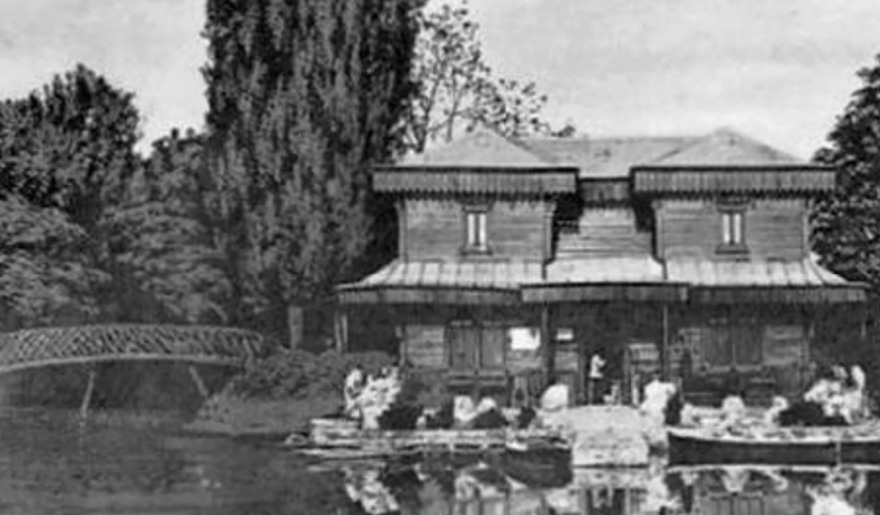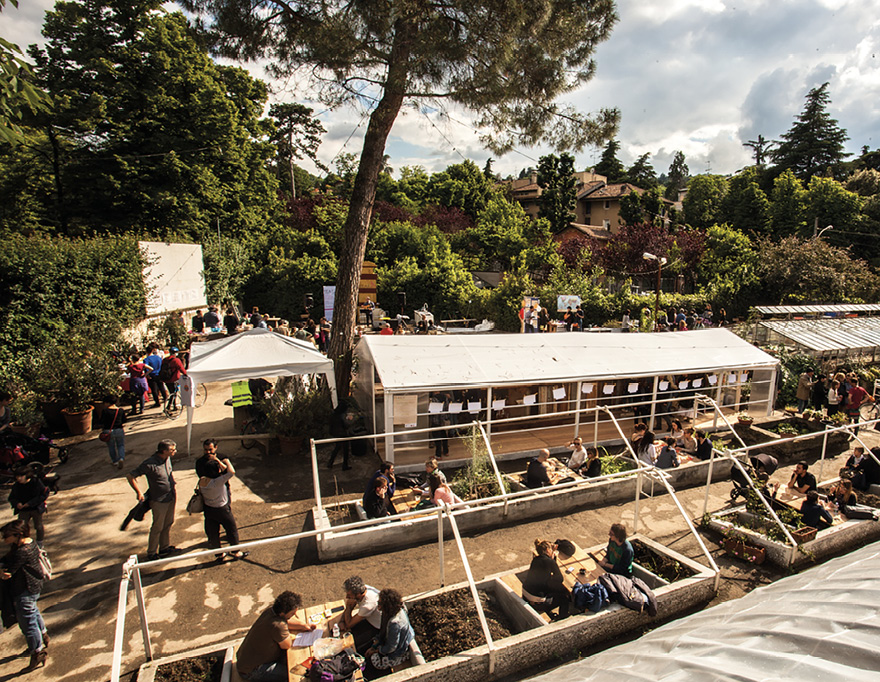Anyone who has been to Bologna, whether in winter or summer, cannot have failed to visit at least once the Margherita Gardens, a green lung of the Emilia capital that in its 26 hectares houses a pond, a chalet for ice cream or coffee, a wooded area, and several sports facilities. From November to March, they are mostly frequented by people living nearby to jog, walk their dogs, and take a stroll. But in the summer, they become the focus of the town’s life as they have always been. With the transition from rural to industrial society, the municipality had to allocate green areas for city use. Not having sufficient resources, Count Angelo Tattini took over the project, purchasing the land and keeping for himself the 16 hectares that overlooked the present-day Via dei Sabbioni. Piedmontese Count Ernesto Balbo Bertone of Sambuy took charge of the practical implementation, inspired by an English Romantic style, with natural elements combined with artificial ones, and the park, also called the Queen Margaret Promenade, was thus inaugurated on July 16, 1879. Since then, the Gardens have never stopped evolving: the wooden chalet was built in 1882, it could be reached by two small bridges, then it burned down in a fire and was rebuilt in 1896. In 1902, the area on Via Castiglione was used as an orangery and greenhouse for plants during the winter months and the Lawn Tennis Club was born, while the new entrance was inaugurated in 1907 with the gate formerly located at the Barriera Gregoriana of Porta Santo Stefano.

In 1913, a farm shop was built, and a kiosk opened to the public for the sale of soft drinks and potatoes. The Gardens have over time hosted various sporting events (think of the famous Playground tournament, which has been held in the upper part of the park for 40 years, and basketball and volleyball competitions) or recreational events. In 1914 during the winter period, dancing evenings on the frozen pond, called “Lapp Nights,” were inaugurated, and in 1917 the Ferdinando Fortuzzi Elementary School opened. This brings us to the 20-year fascist period, a period during which the Gardens took on a support function for the war effort: in 1922, the first carnival parade with fascist vehicles was held, and five years later, the Balilla ceremony.

In 1939 the famous lions, donated by the Tenth Legion and coming from Ethiopia (which would remain until the late 1970s), were added to the zoo, which already had peacocks, deer, parrots, monkeys, and baby goats. Under an order of the mayor, in 1941 the meadow was sown with wheat and the entire park became a storehouse of war equipment of the Germans first, and of the Allies later. With the end of the war in ’45, the equestrian statue of Victor Emmanuel was moved from Piazza Maggiore, as punishment to the Savoy for treason, and the following year the first Unity Day was celebrated. As is the practice of every European metropolis, even Bologna, which of the metropolis in the end does not have the size, but certainly the atmosphere, has implemented at Giardini Margherita that process of urban regeneration that takes a turn thanks to public-private partnerships. In fact, 2015 saw the birth of Kilowatt, a project inside the Garden Greenhouses from the Via Castiglione entrance coordinated by the City and the Region, with the participation of Fondazione Golinelli, ASTER and Coop Adriatica. The greenhouses aim to be an innovation hub and multipurpose space to encourage the city’s social entrepreneurship, providing space for coworking, exhibitions, offices, and events. In the cage that housed the lions, one can now enjoy shows, performances, and workshops, while the canteen now offers ginger shakes and natural drinks. The reclaimed greenhouses, where the orangery and then the janitor’s house once stood, are now the foyer of the entire space, repurposed into outdoor educational space for children and students. What has been renamed as Bologna’s Central Park thus becomes a space for cultural sharing in which moments of leisure are mixed with moments of artistic and professional training. A remarkable example of urban redevelopment, the Margherita Gardens Greenhouses reflect the soul of the park that houses them: an inclusive space for and by the community where anyone can participate in the cultural and social development of the city.





.png)